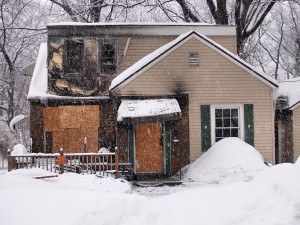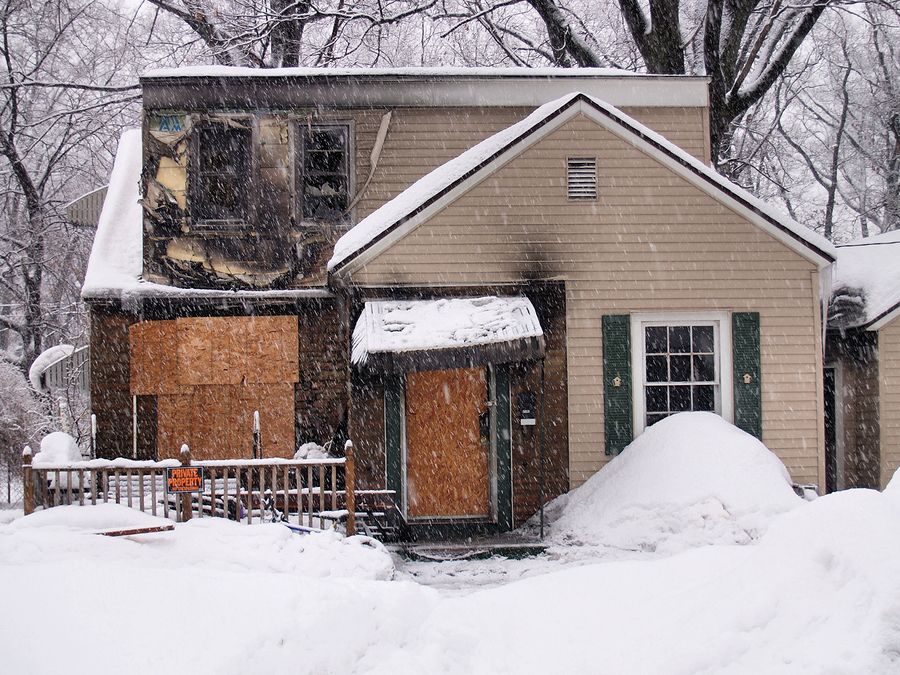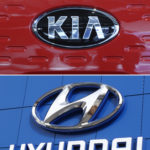There are never enough photos when it comes to a subrogation claim, according to Cozen O’Connor subrogation attorneys Joseph Rich and Richard Maleski.
During a firm webinar, Building a Better Subro Claim: Best Ways for Adjusters to Help, the two emphasized the importance of the initial investigation.
According to Rich, field adjusters have a short window of opportunity to collection information and evidence critical to a subrogation claim. Maleski added that field adjusters are typically the first responders to a scene.
The webinar, which focused on losses reported within 24 to 48 of occurring, emphasized repeatedly the role of the adjuster.
Maleski, who worked as a prosecutor in the past, said that it is similar to claims in that he worked with a police officer to build a case the same way he works with adjusters to build a claim.
Often, the first eyes on the scene, a field adjuster has to collect information, meet with the insured, authorities and witnesses, deal with scene preservation issues and identify damages.
“Immediate action you take in the field will have a great impact on the subrogation potential,” Maleski said.
Ideally evidence should stay in place; however, that is not always feasible, they said. Specific types of losses require immediate mitigation, like water and frozen pipe losses and ones with structural or safety issues.
Other considerations come into play too, they said. For example, if a fire occurred in high crime area, leaving evidence at the scene may be a risk because it could be lost or stolen.
Both Rich and Maleski said that spoliation is a defense often used by defense counsel that can hinder subrogation efforts.
Adjusters need to preserve evidence in post-loss condition until targets are placed on notice and afforded an opportunity to inspect, Maleski said.
They added that the spoliation defense is very fact and judge specific. That’s why it is so important to minimize the opportunity for a spoliation defense.
“It can have drastic impact on settlement value,” added Maleski.
Rich offered an evidence preservation checklist:
- Determine if evidence exists;
- Talk with insured(s) about the evidence and explain the investigation process;
- Keep the scene intact, especially if the origin or a product is at issue.
- Do so by boarding up the loss location, using fences and other methods;
- Take photos and video loss scene/damage.
According to Rich, securing the evidence is an important issue and one that can be discussed with a cause and origin expert. Experts should use evidence placards placed at the scene advising the area shouldn’t be disturbed.
Because evidence can and does go missing, both recommended documenting the scene by taking a lot of photos. They offered an example where a potential subrogation target had items stolen from a fire scene. Photos taken of the scene before and after the items were taken, revealed the missing items.
Another reason to take a lot of photos is because they are a better method to describe it to the opposing liability adjuster, counsel or a jury versus having to recall it six to 18 months after the loss.
While experts hired to evaluate cause may take photos too, Rich recommended adjusters avoid relying on them. That’s because the photos they take may only be concerned with liability and not damages.
Another tip, adjusters need to keep digital copies of photos taken. Both said that digital photos are much better than print because digital can be zoomed in on and they can be used in multiple ways by counsel.
Maleski recommended adjusters take photos in a logical order. Taking photos room by room is a good idea, too. This method helps others understand relationship of the photos to the loss. Sometimes adjusters will create a mosaic or overlap photos in a report to better depict a large area. This helps craft a narrative for the case, he said. Photos can be taken in panoramic view, via various angles and distances and through wide shots and close-ups. Both recommended taking both exterior and interior photos, even if the damage only occurred inside a building or vehicle. This helps in establishing damage context.
Both Rich and Maleski recommended asking neighbors and third party sources for photos and video of the loss. Both have found photos relating to subrogation cases on Facebook, Twitter and Instagram.
If there is the potential of security camera footage, they recommended adjusters request in a notice letter that the hard drive be preserved.
They said they often see too many close up or faraway photos, especially in content damage claims.
Rich recommended that adjusters refrain from narrating video of a scene.
Adjusters can use Google timeline which is accessed through Google maps. It’s a good tool, they said, for adjusters considering damages and the pre-loss condition of a property. An adjuster can access the tool by entering an address into Google maps and then by clicking on street view. At that point, an option for a timeline of photos is offered.
In terms of notice to potential at-fault targets, Maleski said the letter should be fact specific and offer the opposing party seven to 14 days to inspect the scene. The letter should also include a disclaimer noting that this will be the only opportunity to inspect before mitigation proceeds.
Even when there are policy limit situations, adjuster whole claim. Take notes and photo damages in excess of policy limits. Especially necessary in made whole states.
In reports, adjusters should refrain from offering a lengthy discussion on the cause of the loss, both said, and leave that to the subrogation counsel or adjuster.
Emails between adjusters and experts are fully discoverable, so they recommended that adjusters be mindful of communications. When handling opinions and conclusions from experts, they said it was unnecessary to have them complete a written report if there is a viable target. Both said that experts in the field often become trial experts, so everything used in their analysis becomes discoverable.
Was this article valuable?
Here are more articles you may enjoy.


 Allstate Insurers Sue Hyundai, Kia to Pay for Claims From Defective Cars
Allstate Insurers Sue Hyundai, Kia to Pay for Claims From Defective Cars  PE Firm Cornell Sued Over $345 Million Instant Brands Dividend
PE Firm Cornell Sued Over $345 Million Instant Brands Dividend  Swiss Re: Mitigating Flood Risk 10x More Cost Effective Than Rebuilding
Swiss Re: Mitigating Flood Risk 10x More Cost Effective Than Rebuilding  Blacks and Hispanics Pay More for Auto Insurance. Study Tries to Answer Why.
Blacks and Hispanics Pay More for Auto Insurance. Study Tries to Answer Why. 